The making of a mercenary air force
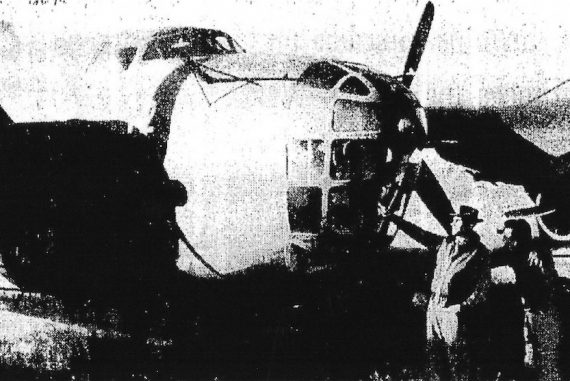
Born in 1886, and thus more than 60 years old on the eve of what was arguably the greatest adventure of his life, Juan “Juancito” Rodríguez, who had only recently fled from his native land in fear of persecution at the hands of the Trujillo regime on February 1, 1946, had been one of the wealthiest men in the country.
Juan Bosch, in orchestrating the disparate elements of the movement, had sent an emissary to meet with him and encourage him to not only lend his financial support to the plotters, but his high-profile respectability as well.
Rodríguez had been the sole owner of large land tracts and herds of livestock in the vicinity of La Vega, valued at nearly $4 million, and as a young man, he and his brother Doroteo had been active supporters of the Dominican Horacio Vásquez Lajara, founder of the Junta Revolucionaria de Jóvenes (The Revolutionary Junta of the Young) of 1899, one of the first democratic opposition movements against traditional dictatorships to arise in the Caribbean. Although he does not appear to have enjoyed any formal military training that can be documented, he was bestowed with the rank of general when he led what were essentially militia troops during the suppressed revolution of 1912.
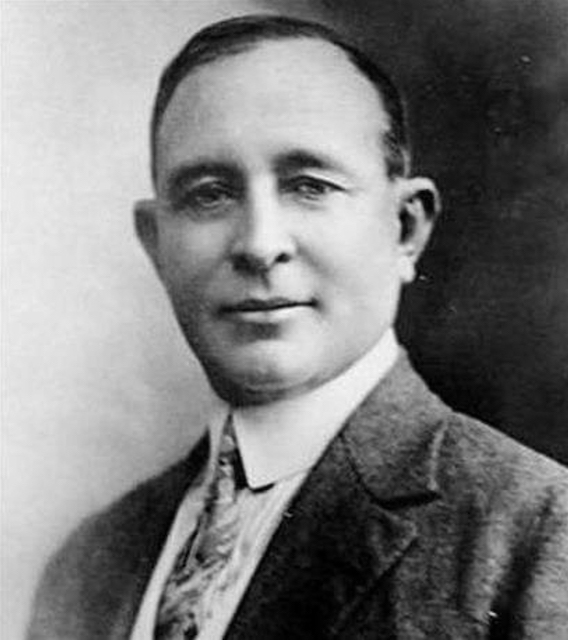
By 1930, the first of a series of reprisals by the emerging power of Trujillo against him and his family had commenced, and his moderate, genteel political activities—as well as the fact that he was arguably the second wealthiest man in the Dominican Republic after Trujillo himself—had resulted in nearly constant harassment and surveillance of his movements and those of his family.
The popular version of exactly how he was permitted to leave the country went something like this: On the pretext that he required some form of dental treatment that could only be had in neighboring Puerto Rico and, that while there he intended to acquire some special breeds of cattle to augment his diminishing herds, he prevailed upon Trujillo himself—who personally approved all such large withdrawals of funds from the country—to take some $200,000 with him. Trujillo, whose cronies had been in fact rustling his cattle ranches, apparently seized upon the fact of his absence to rustle yet further cattle from him, and authorized the funds transfer.
Once safely in San Juan, Rodríguez quickly moved to Havana, where he took up residence, and apparently managed to move another $300,000 out of the Dominican Republic.
And so, via this series of ruses by an old enemy of the dictator, not only did the movement acquire nearly all of its operating revenue, but a certifiable gentleman and leader in the bargain. A number of accounts testify to the energy and commitment that this extraordinary man gave to the movement. While the politicians jostled endlessly for advantage and to capture the “golden ring” of the presidency of the Dominican Republic in a post-Trujillo era, Rodríguez established himself and a small staff in the Hotel San Luis in Havana. There, he labored mightily to forge an armed organization—an army in fact—within the confines of a sovereign nation, which by itself, was no simple task.
There exists, however, another version of these events.
The alternate version suggests that, when Bosch’s and Betancourt’s plan failed, Juan Rodríguez surreptitiously toured around the countryside of the Dominican Republic attempting to organize his fellow cattle ranchers against Trujillo. In the end, the fear of the regime prevailed, but a number of them did agree to send the patriarch to Cuba so that he could there set about organizing an invasion force that would, he was assured, have the financial and logistical backing of the ranchers—once the expedition had managed to reach the island, and this, the story goes, is how Rodríguez found himself in Havana. Most published accounts either make no mention of this support, or that if it existed, Bosch was completely ignorant of same.
Retrospectively, Bosch reportedly stated that had this been true, it would have spelled the doom of the revolution, since he felt that the ranchers—wealthy in their own right—would end up taking charge and, unspoken, thus thwart his own ambitions. Thus, Bosch decided, quite independently, that if in fact the expedition landed successfully, their prime objectives would be to place his own key people in positions of authority and thereby relegate any assistance provided by the ranchers to a more secondary or passive role—including the old general.
Through the office of President Juan José Arévalo of Guatemala, and the machinations of Bosch, he managed to acquire somewhere in the neighborhood of 1,000 Mauser rifles from, of all places, the Argentina of Juan Domingo Perón, together with large quantities of ammunition to equip the bulk of his planned army. Arévalo, who had plotted for nearly a decade during an exile period in Argentina, had, by one account, actually duped Perón by convincing him that the rifles were intended for the Guatemalan Army, to defend the nation against US imperialism! Once the crates of weapons had arrived at Puerto Barrios, however, he sent them on to a delighted Rodríguez in Cuba, who had in fact personally put up the money for them.
Hence financed, and together with Bosch and his fairly well-established relationships with three sitting Caribbean presidents in Guatemala, Cuba, and Venezuela, almost unbelievably managed to meet with Sumner Welles in Washington during the summer of 1946 to hammer out what amounted to a tacit US approval to topple Trujillo.
Thus, the die was cast, and of “Juancito” Rodríguez, the Caribbean of 1946–51 was to hear much, much more.
Energized and optimistic following the arrival of Rodríguez—and his money—Bosch and his growing entourage wasted little time rushing about acquiring arms.
Exactly who formulated the organizational structure of the force isn’t clear, but, in all probability, it was the elderly Rodríguez and his younger staffers in his hotel rooms in Havana. But for the purposes of our story, the influence and capabilities of aviation and aircraft were apparently not lost upon the conspirators.
Using, with astonishing transparency and accountability, a mix of both Rodríguez’s transferred funds as well as the money he acquired from Lescot of Haiti, one of his first aviation enterprises was a very necessary one. Bosch created what was, in effect, a high-visibility air cargo service as not only a means of moving arms, ammunition, and personnel about the Caribbean, but also as a form of training establishment.
Known as Aerovías Cubana-Norte Americanas (ACNA, Cuban-North American Airways), the airline acquired the Douglas C-47-DL NC-56001 (msn 4627), rather casually converted to civil use as a DC-3, which was a veteran of North Africa and the Eighth Air Force during the war, and had only been declared surplus and sold to civil use by the ubiquitous Reconstruction Finance Corporation (RFC) on January 29, 1946. By July 20, 1946, still operating with her US civil registration, the aircraft had made frequent flights from Miami and other points in Florida and Georgia, to points in Cuba—usually piloted by William F. Moye—and at least two more, which actually cleared US customs—on August 26, 1946 and April 21, 1947.
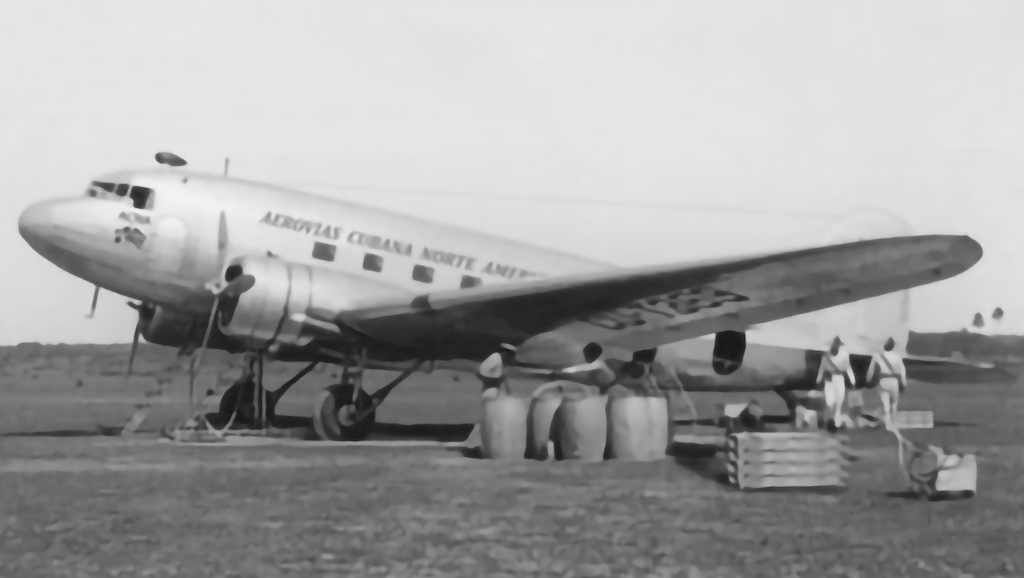
She soldiered on clear through the following debacle at Cayo Confites, and eventually was among the aircraft “seized” from the rebel force and incorporated into the Fuerza Aérea del Ejército de Cuba (Cuban Army Air Force), or FAEC, in 1947. The central importance of this aircraft which, together with at least one (and possibly two) thus-far unidentified Cessna T-50 Bobcat and an equally obscure pair of Vultee BT-13A Valiants which, together, formed the “fleet” of ACNA during this crucial period, cannot be over-emphasized. NC-56001 was supplemented by Douglas C-47-DL NC-66113 (msn 4528), also a veteran of North Africa during the war, by February 21, 1947, when it made its first known flight to Cuba piloted by “Juan Felipe Onoff.” The expedition claimed that the amphibious assault that had been planned was to have been supplemented by a parachute drop of as many as some 225 troops aboard a total of six Douglas C-47 series aircraft, suggesting that they may have been counting on the highly questionable attachment of the existing FAEC active-duty C-47 fleet to the effort. In any event, there is no evidence that this was anything more than an idea, as no significant number of parachutes, associated training, and necessary static-line-equipped C-47s or C-53s has emerged.
Of the two DC-3/C-47s, NC-56001 reportedly suffered an accident due to engine failure on August 27, 1947, being obliged to make a forced landing at Villa de Managua in the Havana Province, from whence the FAEC was apparently able to recover her. NC-66113, on the other hand, was merely confiscated by the FAEC as the plot unraveled when she landed at Santiago de Cuba on September 5.
The two BT-13s, which held only incidental military value, were apparently both based at the Academia Nacional de Aviación–Reserva Aérea (ANACRA, National Aviation Academy–Air Reserve) facility at Rancho Boyeros as well, where a US instructor, Kenneth Robinson, apparently gave rather casual tuition and check-rides to curiously unidentified “pilots” who turned up from time to time, completely unannounced to him. One of these airplanes returned to the US—possibly flown out by Robinson himself when his erstwhile employers started to come unglued—while the other is reported to have crashed at the hands of one of the questionably trained “pilots.”
But Bosch and his agents were busy acquiring additional arms and aircraft as well, and were not concerned with legal niceties whatsoever. Indeed, their activities between January 1946 and December 1947 were blatant violations of Section 88, Title 18 and Section 452, Title 22, of the US code dealing with the unlawful export of military type aircraft, not to mention Presidential Proclamation 2717 of February 17, 1947, which, despite its language, was clearly directed both at the insurgents as well as the dictators, all of whom, ironically, were scrambling and bidding on the same aircraft!
As early as March 1946, one Dr Reinaldo Rosell had appeared at Bush Field near Augusta, Georgia, and without any fanfare, contacted Mr Hugh Barton of the War Assets Administration (WAA) regarding the conditions and criteria for the acquisition of various aircraft. Barton quickly realized that Rosell’s knowledge of aircraft was extremely limited, especially after looking a number of types over and failing to deduce even the simplest deficiencies evident in any of them.
Rosell, having finally become aware that he was out of his element, asked Barton if he could recommend someone to assist him in acquiring some of the aircraft and, without much hesitation, Barton recommended a William F. Moye who, to his certain knowledge, had considerable experience with all types of military aircraft.
Rosell hired Moye, although the terms of the arrangement are unknown but, during the course of his employment, acted as agent for him in the acquisition of, among others, a trio of Lockheed RB-34-LOs, these being 41-38020 (msn 4688, the very first Ventura IIA, originally intended for the RAF as FD580), 41-38032 (FD580), and 41-38082.
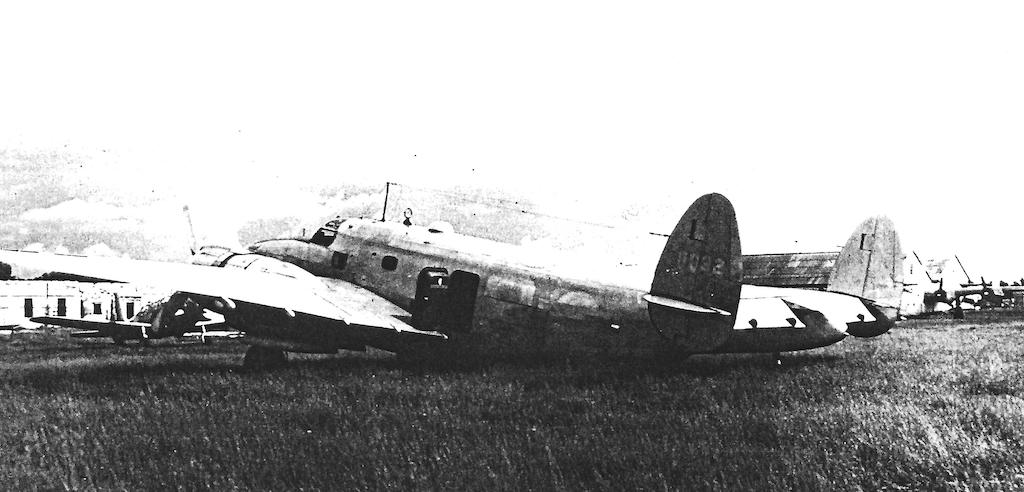
Of the three, 41-38032 was eventually flown from Bush Field in the fall of 1946, after rather strenuous efforts to make her airworthy, by a pilot named Ernest E. Webb. The aircraft was subsequently flown from Homestead Airport, Homestead, Florida (south of Miami) to Key West by Chester H. Pickup, who had also been hired by Dr Rosell to fly the aircraft to Cuba.
Upon arrival at Key West, Pickup was informed by US Customs officers that the aircraft—apparently still operating with just her former USAAF serial number—could not be flown on to Cuba without a properly completed export license. Thus daunted, Pickup returned to Homestead. This is almost certainly the aircraft found parked at Homestead until at least July 21,1947, marked with a Cuban ferry registration, CU-P27.
In December 1946, Mr Barton sent a formal letter to Moye, who was the CAA-registered owner of the two remaining Venturas, demanding that he take action to remove “his” aircraft from Bush Field. In reply, Barton received a letter from Moye stating that, since the aircraft was actually the property of Dr Rosell, he was referring the matter to him.
Shortly thereafter, Barton received a letter from Rosell in which he advised that it was his intention to remove the aircraft from Bush Field as soon as he could make arrangements.
On January 10, 1947, 41-38082—which had not even been run-up since the initial examination by Moye nearly a year earlier—took off from Bush Field, and immediately crashed, killing the solo pilot, named as “Pete Smith.” The aircraft was a total loss.
During July 1947, by which time it appears that the—by then obvious—conspiracy to export military aircraft to the rebels in Cuba had finally become clear to US officials, Dr Rosell, who was president of Aerovías Cubanas Internacionales (International Cuban Airways) at the time, together with William K. Wilbur (a US citizen residing at 102 NE 59th Street in Miami), vice-president and general manager, was found to be in precarious financial straits—partially due to the loss of a Douglas DC-4 while on a flight from Havana to Madrid, Spain. Dr Rosell, nearly destitute, was reduced to living with the Wilburs whenever he was in Miami. It is not clear if this DC-4 had any connection to the rebels or not, but it cannot be discounted.
About July 15, 1947, Dr Rosell gave Wilbur some $3,000, to be disbursed as he directed, and in the latter part of the same month, Rosell gave him an additional $10,000 in cash, and told Wilbur that the money “was not Company money,” and that Wilbur should obligate it as he directed.
The day before, July 14, the same Chester Pickup arrived at Bush Field and announced that he was going to fly the remaining RB-34, 41-38020, out. By August 1, 1947, he had apparently managed to fly both of these aircraft to Rancho Boyeros airport in Cuba, and return to the US twice. Before departing, however, he inquired rather pointedly about several surplus Consolidated PB4Y-1 Liberators which were staked out there awaiting disposition. Incredibly, he was advised that the aircraft—which were apparently close to being scrapped—could be had for as little as $1,000 each.
Around July 18, Pickup finally managed to get the last RB-34 started and took off for parts unknown from Bush Field. The same day, the by now alerted Mr Barton of the WAA received a telegram from Pickup at Miami, stating that $1,000 was being wired to him to purchase what was, in Barton’s opinion, the “best” of the PB4Y-1s, and asking that the necessary documents covering the bomber be completed in the name of “John Smith, School Operator, Tamiami Airport, Miami, Florida.” Following receipt of the telegram, Barton called Pickup in Miami and told him that he could not sell any of the PB4Y-1s, as their sale was being handled directly by bids to the WAA central office in Washington, DC.
On July 27, 1947, the energetic Dr Rosell and a Luis Bordes arrived at Bush Field unannounced and immediately inquired about a variety of bombers, fighters, and associated items of equipment, stating, to the astonishment of the WAA staff, that they were intending to make use of such aircraft against another country.
The PB4Y-1s continued to be of abiding interest to Rosell and Bordes, but Barton once again, patiently explained that those aircraft had already been sold by the Washington office of WAA, but did give the name of the buyer to Dr Rosell on request. Among these was a Karl Knight of Miami, Florida.
On the 28th, Knight arrived at Bush Field to take delivery of the PB4Y-1 on which he had been the successful bidder, and the next day, Dr Rosell presented Barton a document, signed by Knight, which authorized the release of the PB4Y-1 bearing US Navy serial number BuA65325. In view of this, and having no authority to do otherwise, Barton released the aircraft to Rosell the same day, and received a receipt in return.
When interviewed, Karl Knight reported that he sold the PB4Y-1 to Rosell and Bordes—together with a single Curtiss C-46A—for a total of $10,000 cash. A partial payment of $5,000 had been made by Bordes at Bush Field. While at Bush Field, Rosell and Bordes also bought numerous aircraft parts—apparently including bomb racks—as well as a Grumman (Columbia-built) J2F-6 Duck, US Navy serial number BuA 32712, which happened to be there, for a bargain $1,000 as well. This relatively low-time aircraft had been delivered to the Navy on November 9, 1944 and had served, briefly at NAS Alameda, CA, with VJ-10, VJ-2 and VJ-7, before moving to NAS Seattle in January 1946 with VB-80, VJ-7, VJ-2A and then on to NAS Glenview, IL, where it was stricken July 31, 1947.
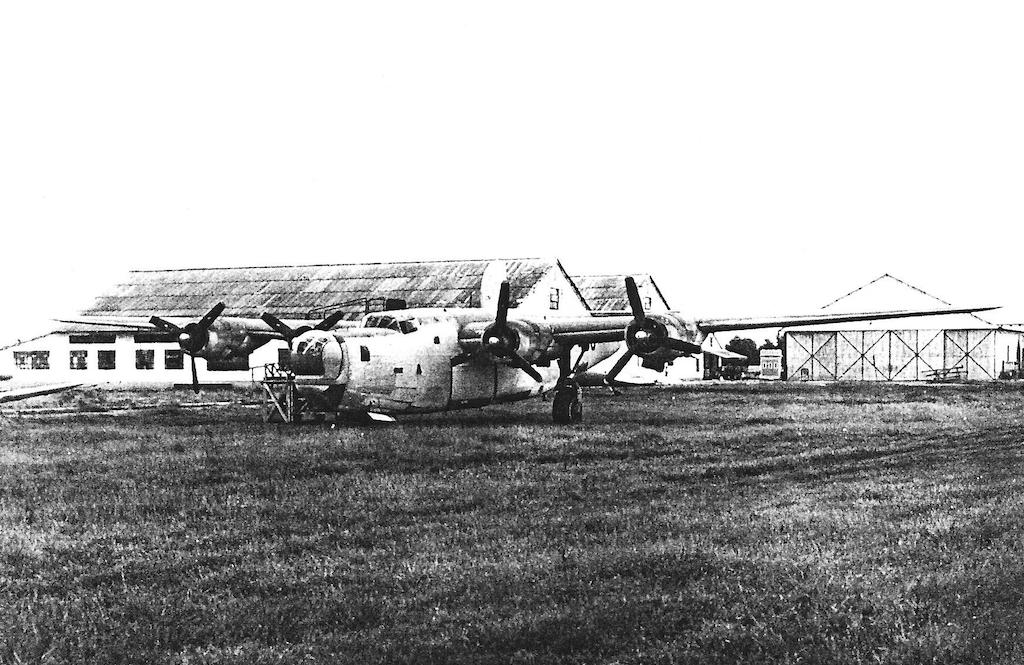
The US Customs Service eventually learned that Rosell, accompanied by the mercenary Pickup, called at the home of William Wilbur in Miami, where Rosell took $1,000 of the $13,000 he had entrusted to him earlier—and, even in the midst of this clearly illegal activity, actually sent Wilbur a receipt for the money that he had sent to Barton for the J2F-6! Wilbur also gave Pickup an additional $1,000 of the money with which to buy the various parts at Bush Field.
Following these two disbursements, and having apparently noted some news articles about various illegal aircraft exports, Wilbur became righteous and, in company with Pickup, informed Dr Rosell that he felt that the hospitality of his home had been violated because he had thus been implicated in acquiring combat aircraft, which were of no use to him, and that he suspected were going to be flown out of the United States illegally—which was, of course, entirely correct.
On August 4, 1947, Wilbur visited Dr Rosell at none other than a penthouse apartment at the exclusive McAllister Hotel in Miami, at which time Rosell confessed nearly everything regarding the revolutionary activity in Cuba, claiming that he was to be in charge of the air component of the expedition that was planned and that the two RB-34s and the PB4Y-1 were, indeed, going to be used in a clandestine military operation—apparently in an attempt to sway Wilbur to their democratic ambitions.
This is an excerpt of chapter 3 of the book “The Caribbean Legion and its mercenary air forces, 1947 – 1950” by Dan Hagedorn and Mario Overall. You can get your copy At Amazon in both kindle and paperback format.